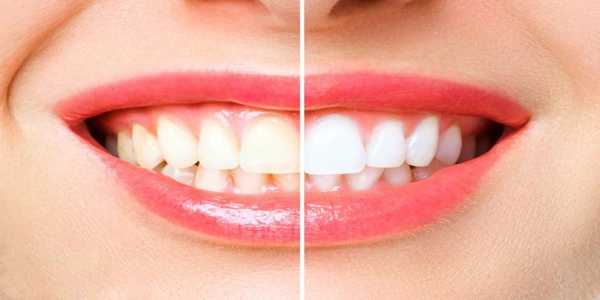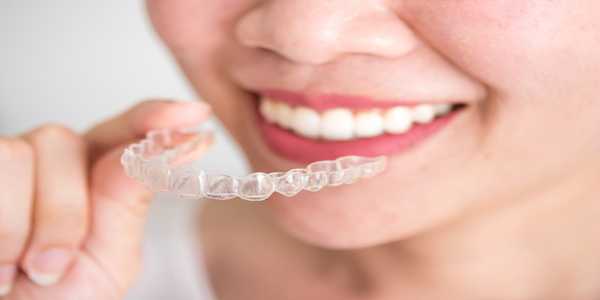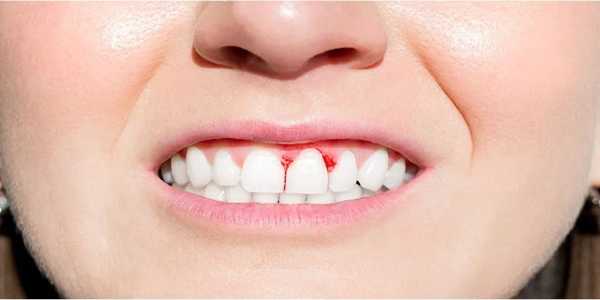How To Stop Bleeding Gums At Home: Products That Work
Ever noticed pink in the sink after brushing your teeth? Or maybe your floss comes out a little too red? Bleeding gums might seem like a minor annoyance, but they’re actually your body waving a red flag. The good news? You don’t always need to rush to the dentist chair. There are several tried-and-true ways to calm the bleeding and get your gums back in shape—right from your bathroom shelf.
Why Are Your Gums Bleeding in the First Place?
Let’s address the root of the issue before jumping into remedies. Bleeding gums are most commonly caused by plaque buildup, which irritates gum tissue and leads to inflammation—a condition known as gingivitis. If ignored, this can spiral into periodontitis, a more serious gum problem.
Other culprits might include:
• Brushing too hard
• Using a stiff-bristled toothbrush
• Poor flossing habits (or suddenly flossing after a long break)
• Nutritional deficiencies, particularly Vitamin C or K
• Certain health conditions or medications
Understanding the “why” helps tailor the “how” when it comes to healing.
Start with the Basics: The Right Toothbrush Matters More Than You Think
A toothbrush seems like a no-brainer, but if your gums are sensitive or bleeding, what you're using could make things worse.
Switch to a soft-bristled toothbrush. One of the easiest fixes is replacing a firm or medium brush with a soft-bristled one. Look for brushes labeled "gentle" or "sensitive." These are kinder on the gums and are still effective at removing plaque.
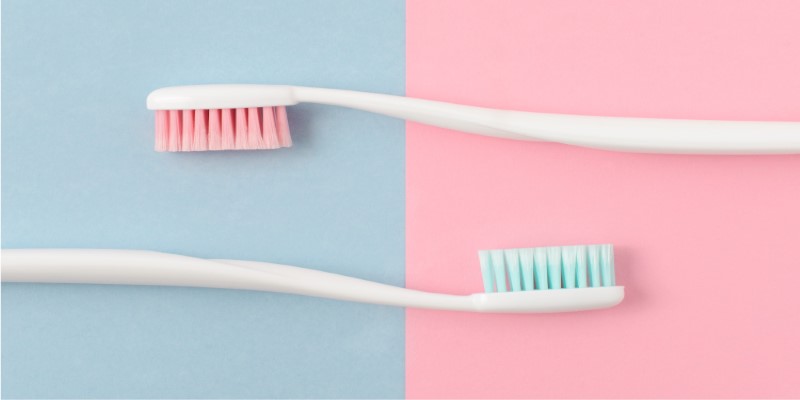
Electric toothbrushes with pressure sensors (like Oral-B Pro Series or Philips Sonicare ProtectiveClean) are great choices. They vibrate or stop pulsing when you press too hard, helping prevent damage to already inflamed gums.
Pro tip: Change your brush head every three months. Frayed bristles are harsh and less effective.
The Right Toothpaste: Not All Are Created Equal
When it comes to toothpaste, certain formulations do a better job of supporting gum health than others.
Look for toothpaste with stannous fluorides, like Crest Gum Detoxify or Parodontax. Unlike regular fluoride, stannous fluoride helps reduce plaque buildup, fight bacteria, and soothe irritated gum tissue. Parodontax, in particular, is widely recommended for bleeding gums and has a slightly salty taste that might take getting used to—but the results speak for themselves.
Another smart option? Toothpaste with aloe vera or natural antiseptic ingredients. Products from brands like Himalaya or Tom’s of Maine offer herbal formulations that reduce inflammation gently.
Don’t Skip the Floss—Just Use the Right One
Flossing incorrectly or infrequently is a huge contributor to bleeding gums. Ironically, when people see blood, they often stop flossing—which only makes things worse.
Start gently and be consistent. If it’s been a while, your gums may bleed for a few days. Stick with it.
Try waxed or tape-style floss like Glide by Oral-B. It’s easier to slide between teeth and less likely to snap or cut the gums. For people with tight spaces between teeth, these work like a charm.
Water flossers, like the Waterpik Aquarius, are also excellent—especially if your gums are tender or if you have braces or dental work. Water flossing reduces plaque along the gumline and reaches areas standard floss can’t.
Mouthwash That Does More Than Freshen Breath
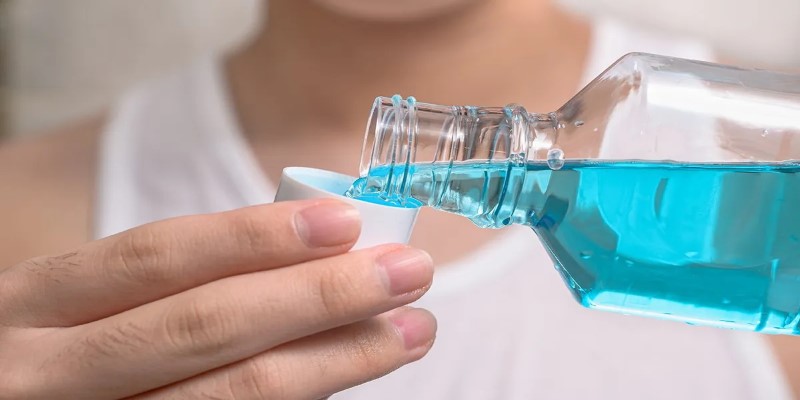
Not all mouthwashes are equal—especially when dealing with gum issues.
Use an antibacterial mouthwash like Listerine Total Care or Colgate Peroxyl. Listerine contains essential oils that help kill plaque-causing bacteria. Peroxyl, on the other hand, uses hydrogen peroxide to clean and reduce inflammation.
For sensitive users, alcohol-free options like TheraBreath Healthy Gums or ACT Antigingivitis rinse are excellent choices. They’re milder on sore gums but still pack a punch against bacteria.
Important tip: Don’t rinse with water right after using mouthwash. Let it sit and work for at least 30 minutes.
Don’t Underestimate Salt Water Rinses
Sometimes, the simplest solutions are the most effective.
Warm salt water rinses help reduce swelling, disinfect the mouth, and soothe inflamed gums. Mix half a teaspoon of salt in a cup of warm water and swish for 30 seconds twice a day.
It’s gentle, inexpensive, and ideal as a first-aid remedy if you don’t have medicated products on hand.
Targeted Gum Gels and Serums
Some products are made specifically for direct application to bleeding gums. These can act faster and more directly than rinses.
Look for gels containing chlorhexidine or hyaluronic acid, which reduce bacteria and promote healing. Gengigel and Corsodyl Dental Gel are popular over-the-counter options in this category.
Apply with clean fingers or a cotton swab after brushing, and avoid eating or drinking for 30 minutes afterward for best results.
Add Vitamins That Strengthen Gums from the Inside
Your oral care routine shouldn’t stop at brushing and flossing. Nutrition plays a huge role in gum health.
Vitamin C and K are critical. A deficiency in either can make gums more prone to bleeding.
If your diet is low in citrus fruits, green leafy vegetables, or bell peppers, consider adding a high-quality multivitamin or a dedicated supplement. Brands like Nature Made and Garden of Life offer trusted options.
Zinc and CoQ10 are also known to support tissue repair and immune function, both of which benefit gum health.
Watch Your Habits
Even the best products can’t outwork bad habits. These lifestyle changes can support the healing process:
Hydrate more
Dry mouth can increase bacterial growth. Water keeps your gums moist and rinses away food particles.
Cut back on sugary snacks and sodas
Sugar feeds the bacteria that cause plaque and inflammation.
Chew sugar-free gum with xylitol
It stimulates saliva and helps reduce plaque naturally.
Your Next Steps for Healthier Gums
Bleeding gums might be a wake-up call, but they don’t have to be a permanent problem. With the right combination of gentle products, consistent care, and a little patience, you can reverse the damage at home.
Start with a soft toothbrush, add a gum-friendly toothpaste, and commit to daily flossing—preferably with tools you’ll actually stick to. Don’t forget the healing power of salt water rinses and the science-backed benefits of antibacterial mouthwashes and serums. Finally, make sure your diet supports your efforts from the inside out. Healthy gums aren’t just about looks—they’re a foundation for your overall wellness. Take the first step today, and your mouth will thank you tomorrow.


